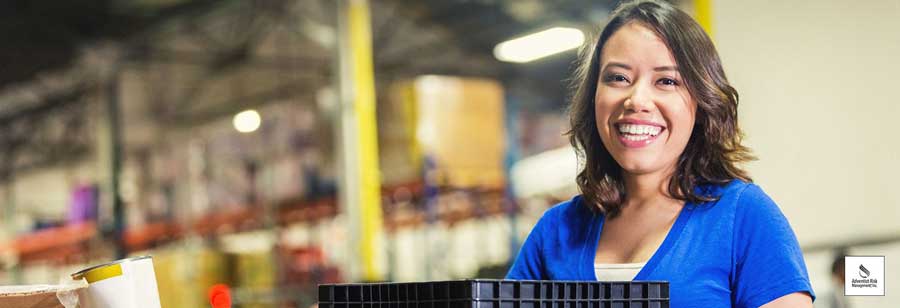It is common during this time of year for churches, schools, and other ministries to participate in a community service event—usually a clothing or food drive. We join with others in our community to give back and help local families enjoy the holidays as well.
In the excitement of the season, it is easy to overlook some of the risks associated with collection drives. To keep you and your ministry safe, and to ensure the donated items arrive at their final destination, consider these guidelines before you start your community service event.
Volunteer Tasks
The best way to have an efficient and organized collection drive is to fully outline all expectations to the volunteers working on the project. What roles should be put in place to handle donations for your collection drive?Create task descriptions to help your volunteer clearly understand what to do. Consider the following positions in your planning:
- Storage assistant and stocker
- Distribution assistant
- Receptionist
- Donation pick-up
- Maintenance and cleaning
Donation Policy
After organizing all of the volunteer task positions, create a donation policy or guidelines. Clear instructions will help donors understand the general needs and locations where they can donate. Some items to include in the donation policy are:- Guidelines for clothing and bedding
- Guidelines for food donations
- Hours of operation
- Drop-off location
- Donation tracking
- Contact information
There are similar guidelines to follow to avoid any issues with the organization receiving clothing items. Here are a few questions to keep in mind when collecting clothing:
- Has each item been properly inspected?
- Is the clothing clean?
- Is it free of any holes or tears?
- Are the pockets empty? Has the donor forgotten any personal items inside the pockets of the items?
- Frayed electrical cords
- Damaged objects (sharp glass or plastic shards)
- Expired batteries
- Broken parts that might cause injury
- Any recalls on the item due to safety issues
Storage Area
Lastly, make sure to practice safe storage during your collection drive. The storage space should have locking doors and, preferably, no outside entrance. Make sure there are no broken windows and check for cracks in the walls, ceiling, or floor to avoid pests getting in.To prevent mold and pest infestation, store dry goods in a dry, clean, and well-ventilated area with a temperature maintained between 50-70 degrees Fahrenheit. Keep refrigerators and freezers between 32-40 degrees Fahrenheit.
Additionally, as donations arrive, remove items from cardboard cases when possible and store immediately. Use freestanding shelves in the storage space, with the lowest shelf at least six inches off the floor and keep food at least two inches from the walls.
To maintain an organized storage area, make sure that items are rotated out by labeling items with the date received, and always using the “first in, first out” rule. Post a checklist for volunteers with descriptions of what different code dates on items mean such as best if used by, sell by, expiration date, and pack date/code date.
For insects and rodent traps, only use non-toxic devices. Never spray chemicals or lay poison in a food storage area. Lastly, maintain daily logs of cleaning and temperature of the refrigerators and freezers.


